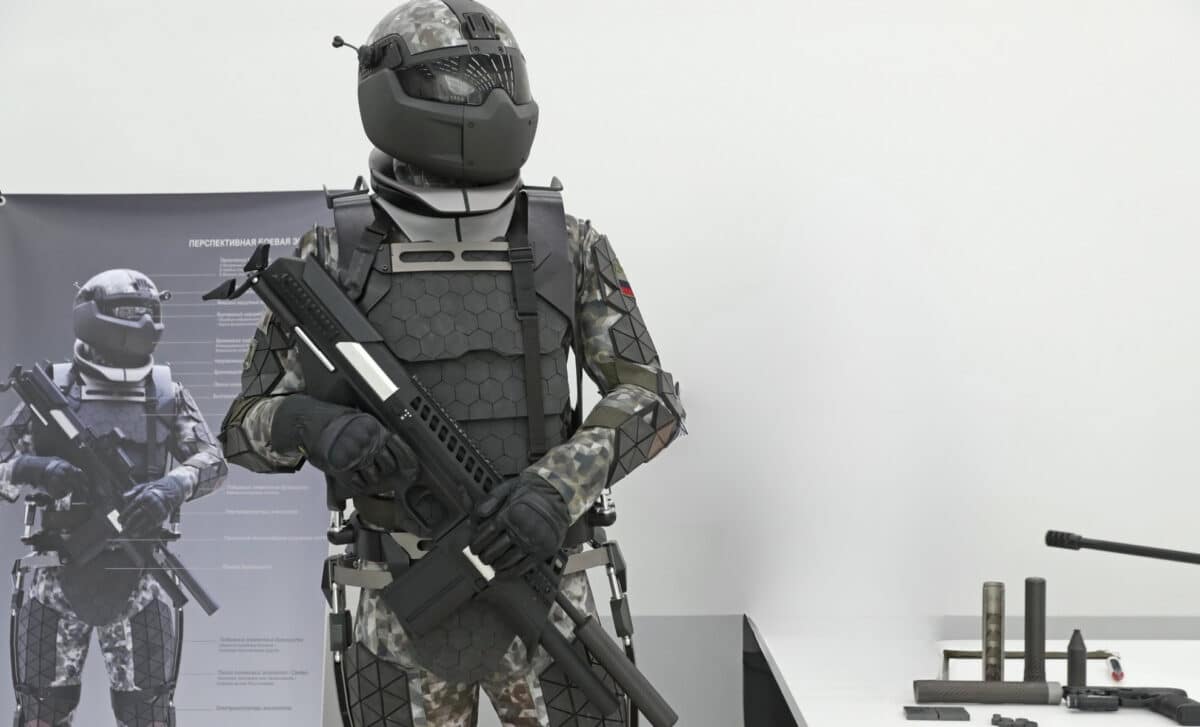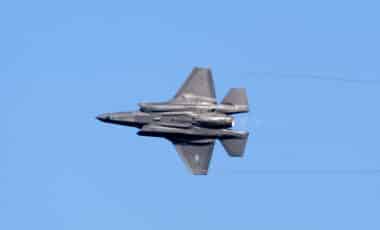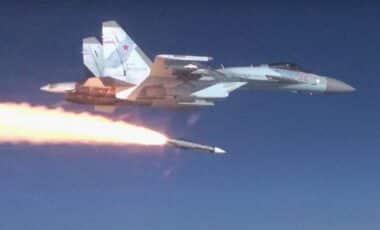Russia is advancing in the development of a new combat armor, the Sotnik, which is capable of withstanding .50 caliber M2 Browning bullets. This futuristic armor, designed to provide superior protection for soldiers, is set to become a crucial part of Russia’s military equipment by 2035.
Developed by Rostec, the Sotnik aims to surpass existing military gear by incorporating advanced materials and cutting-edge technologies. While still in its early stages, this armor promises a significant leap forward in personal protection, combining lightweight materials and robust defensive capabilities to meet the demands of modern warfare.
A 3,500-Year-Old City Is Turning Everything We Thought We Knew About the Americas Upside Down
The Technology Behind Sotnik Armor
The Sotnik is made from super-light polyethylene fibers that offer incredible resistance without adding unnecessary weight. Weighing in at around 20 kilograms, it is 20% lighter than its predecessor, the Ratnik armor. Despite its lighter weight, the armor is designed to withstand direct hits, including from a .50 M2 Browning bullet—a formidable weapon often used in heavy artillery.
Sergey Chemezov, CEO of Rostec, emphasized that the use of innovative materials and the combination of various functions in the armor help reduce its overall weight while maintaining its strength. This development is part of the early phases, where focus is placed on defining the armor’s tactical and technical requirements to ensure it meets future combat needs.
The project also includes integration with robotic technologies and information exchange systems, which are already being used in defense operations, such as those seen in Ukraine, reports Armées.
A New Era in Combat Protection
The Sotnik replaces the Ratnik, which has been the standard military armor in Russia for over a decade. More than 300,000 sets of Ratnik have been distributed to the Russian military, providing solid protection against small-caliber ammunition and shrapnel. However, Sotnik is designed to offer even greater protection, specifically against high-caliber bullets, such as the .50 caliber M2 Browning.
The armor’s advanced features, including lightweight design and enhanced resistance to powerful projectiles, mark a step forward in the modernization of Russia’s military. Bekkhan Ozdoev, a representative of Rostec, pointed out that the armor would incorporate technologies already used in air defense systems to improve the soldiers’ battlefield communication and coordination. The Sotnik represents Russia’s efforts to equip its forces with state-of-the-art protection that goes beyond conventional ballistic armor.
The Role of Exoskeletons in Future Combat
A noteworthy addition to the Sotnik armor is its integration with exoskeletons, which are designed to augment soldiers’ physical capabilities. Rostec has already developed an exoskeleton for the Ratnik system that can support up to 80 kilograms of weight. Now, the company is working on a new “Stormer” exoskeleton, which will help soldiers carry 60 kilograms during assault operations.
These exoskeletons will provide substantial assistance in improving soldiers’ endurance and physical strength, ensuring they can perform tasks that were previously impossible. As part of a growing global interest in exoskeletons, Rostec’s developments position Russia as a competitive player in this technology.
For instance, the U.S. TALOS project, which is focused on developing motorized exoskeletons, is still in its early stages, with no fully operational systems yet deployed. This makes Sotnik and its exoskeleton components a key component of Russia’s plans to enhance soldier performance on the battlefield.








